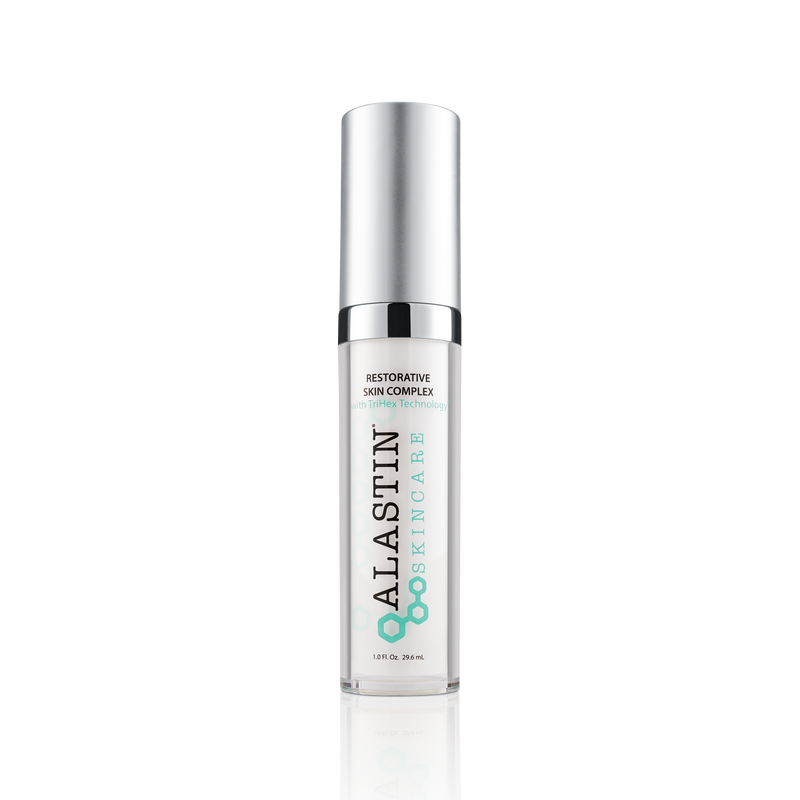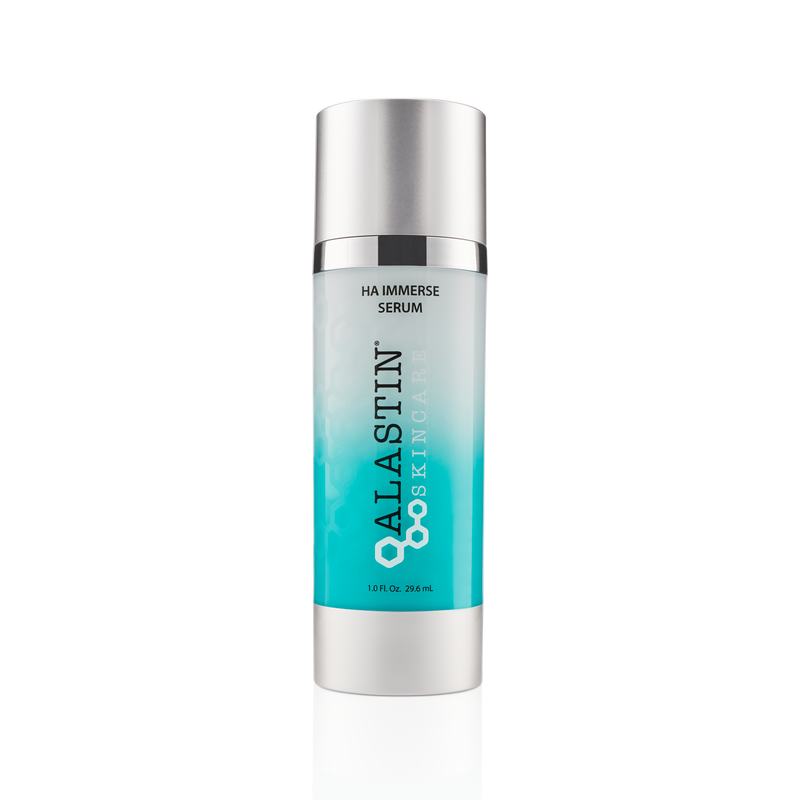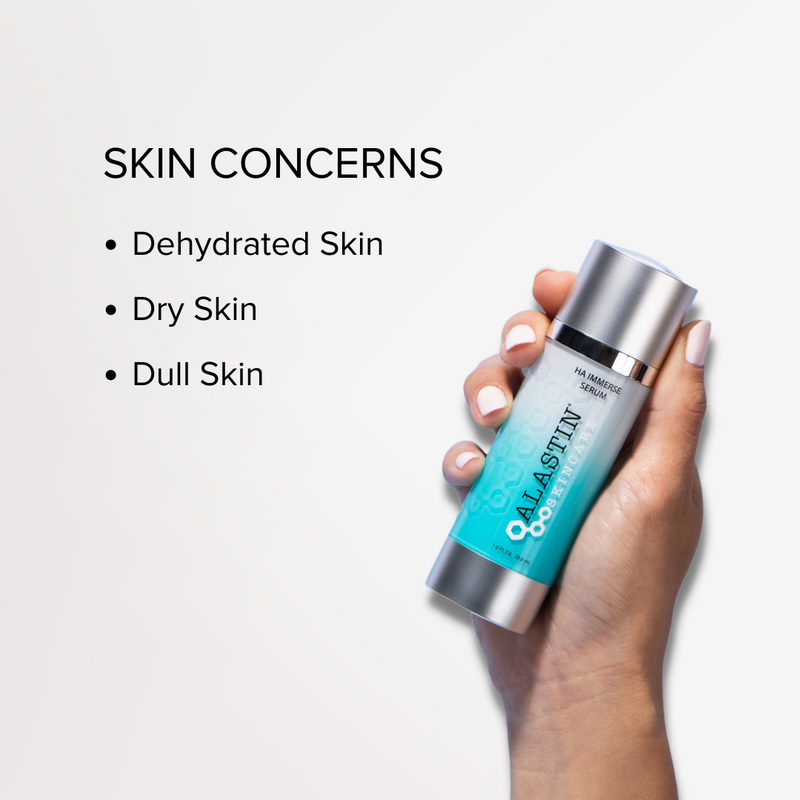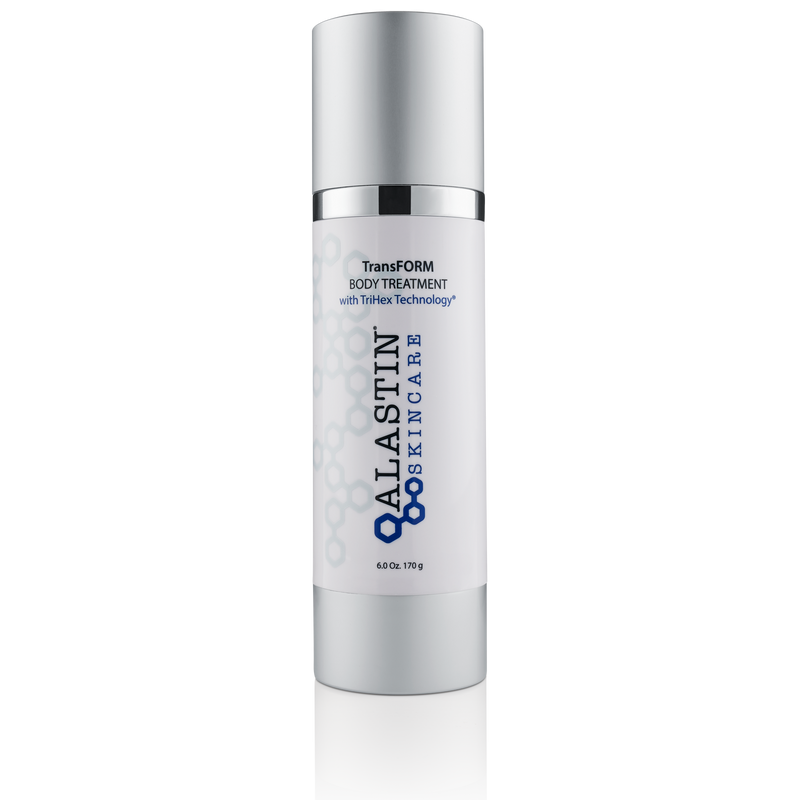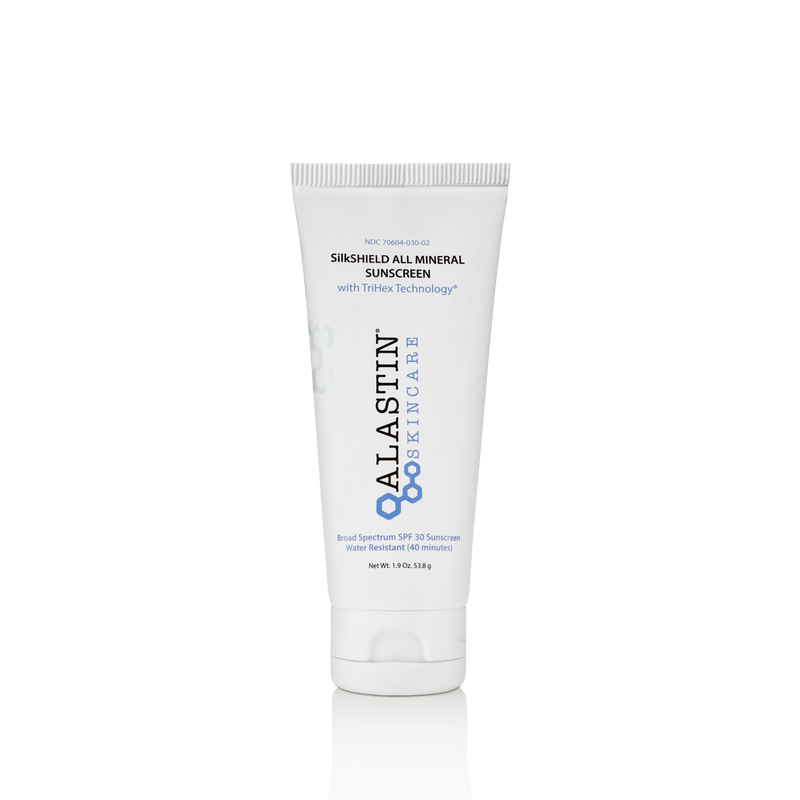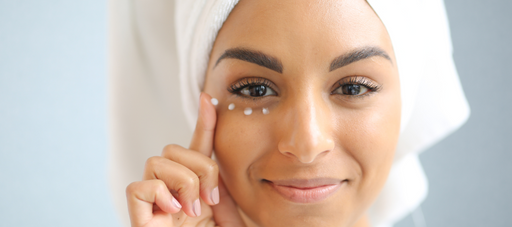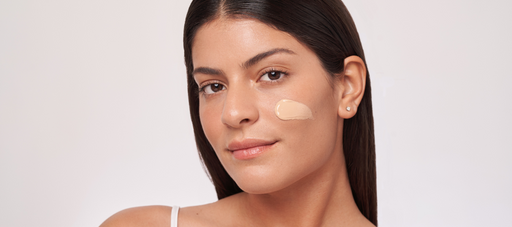You have no items in your bag
A Guide to Stretch Mark Removal

Stretch marks affect an estimated 50-90% of pregnant women, but they aren't the only ones who might suffer from this specific type of scarring. Men and women can have stretch marks as a result of rapid weight gain, fast muscle growth, body changes during puberty, and some illnesses. While stretch marks aren't dangerous to a person's body, they can have a negative effect on how someone who has them views themself. Continue reading for helpful information on their causes, ways to avoid them, and medically proven forms of stretch mark removal.

What Are Stretch Marks?
The medical term for stretch marks is striae, and they are a form of scarring caused by the stretching of the dermis, which is the layer of connective tissue that lies between the epidermis and subcutaneous tissue.
There are several types of stretch marks broken down by their causes and colors, including striae gravidarum that follow pregnancy, striae distensae that follow stretched skin, and striae atrophicans caused by thinned skin. The different colors of stretch marks are striae rubrae (red), striae caerulea (dark blue), striae nigra (black), and striae albae (white).
What Causes Stretch Marks?
In pregnant women, stretch marks may be caused by genetics, hormonal changes, and the stretching of the skin as the belly grows. While pregnancy is the most common cause of stretch marks, it's not the only reason a person may develop them. Bodybuilders who build muscle quickly and people who experience rapid weight gain may also develop stretch marks. Extended use of topical or systemic corticosteroids (like prednisone) can cause them, and illnesses like Cushing syndrome, anorexia nervosa, and chronic liver disease have been associated with them.

How to Avoid Stretch Marks
While there's no guarantee you can avoid stretch marks, there are some ways you may be able to reduce the likelihood of their appearance. Making sure you're hydrated can help the skin retain its elasticity and reduce the risk of it being stretched too thin. Eating foods that are rich in nutrients, including fruits, vegetables, lean proteins, and healthy fats can also help to prevent stretch marks. Exercise helps your body produce collagen and increases circulation, helping your skin stay healthy. Adding moisturizer to the skin early and often may reduce their ability to form.
If you try using a lotion or cream to pre-treat for stretch marks, the American Academy of Dermatology Association recommends using it before they start appearing, gently massaging the cream into the skin, and applying the product every day for weeks.
Alastin does not have a product designed specifically for stretch marks, but TransFORM Body Treatment is designed to help hydrate skin from the inside out. Our patented TriHex Technology® supports the body’s natural ability to produce new, healthy collagen and elastin, which can help reduce the appearance of crepey skin while improving the appearance of firmer, more toned skin. It's safe to use anywhere on the body.
Stretch Marks Treatment
If you already have stretch marks, there are some medically proven ways to treat them. Treatments tend to focus on the reduction of redness (or other pigmentation), swelling, and irritation. Treating stretch marks early is important because newer scars seem to respond to treatment better than mature scars.
At-home treatments that may work to reduce the appearance of stretch marks include self-tanner to camouflage them, prescription medications that include hyaluronic acid or tretinoin, and retinol.
Dermatologists can perform procedures that reduce the appearance of stretch marks but don't completely remove them. Chemical peels, laser therapy, microdermabrasion, radiofrequency treatment, and ultrasound may provide the results you're looking for. Talk to your dermatologist to determine which procedure may be best for you.
Recovery after those procedures may take days or weeks, depending on which one you choose. Using a clinically proven topical treatment can help support your skin's natural ability to heal. TransFORM Body Treatment is designed to do just that!
Resources:
1 https://www.ncbi.nlm.nih.gov/books/NBK436005/
2 https://www.ncbi.nlm.nih.gov/pmc/articles/PMC5782435/
3 https://www.ncbi.nlm.nih.gov/pmc/articles/PMC5782435/
4 https://my.clevelandclinic.org/health/diseases/10785-stretch-marks
Featured Products

$230.00
Addresses all visible signs of aging on the face.

$216.00
For tighter, more youthful looking skin all over the body.

$70.00
A mineral sunscreen with gentle protection.


